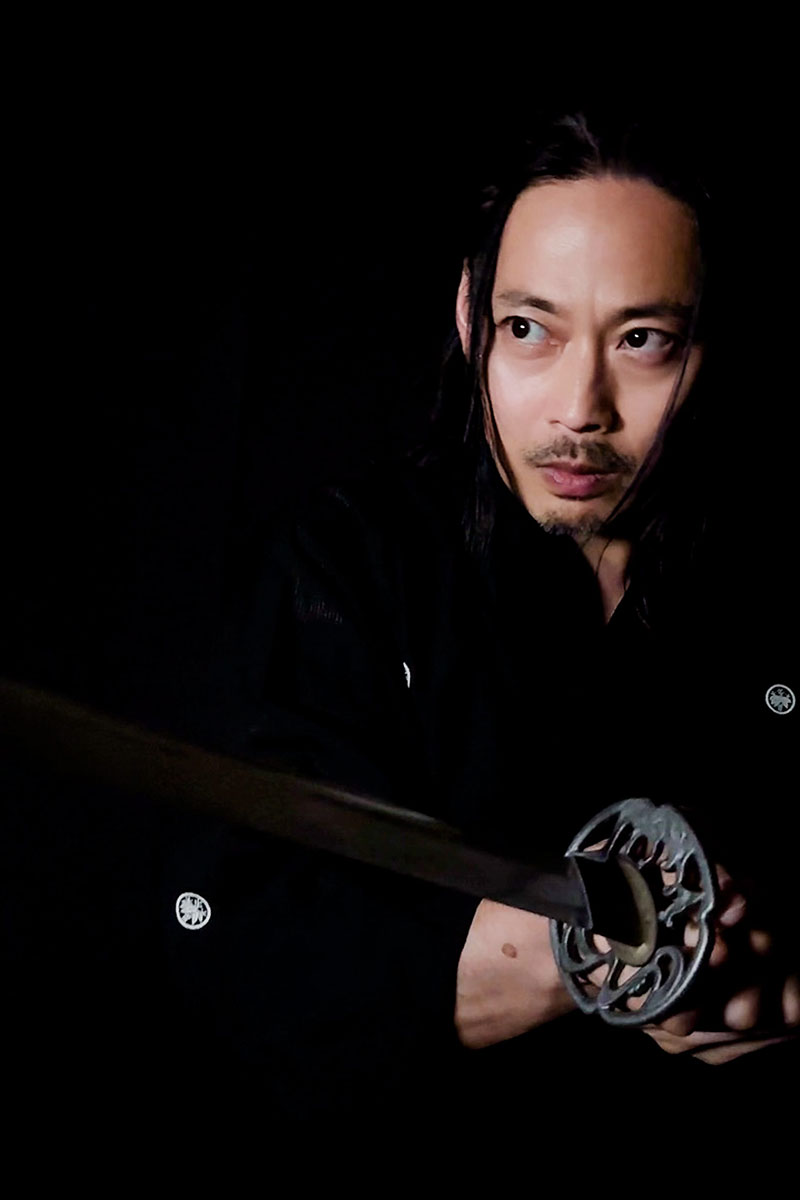OIRAN
Forbidden Love with a Samurai
A powerful sword-fighting drama set in the dazzling world of Edo’s pleasure quarters, portraying a fierce and fleeting love between an oiran courtesan and two rival samurai.
Created by the samurai performers KATANAYA ICHI, this sword-fighting performance includes minimal Japanese dialogue, but the story is easy to follow even without understanding the language.
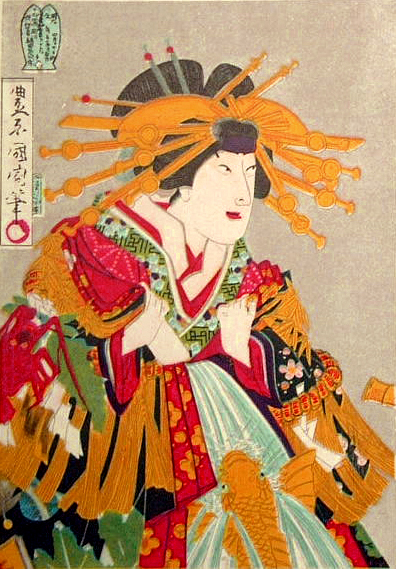
About OIRAN
Oiran were high-ranking courtesans in Edo-period Japan, known not only for their beauty and cultural refinement but also for their romantic and intimate relationships with select clients. The most prestigious among them could choose their patrons and became fashion leaders of their time.
Most oiran were sold into the pleasure quarters as children and had no freedom to leave. They underwent years of strict training before becoming courtesans. While their lives were shaped by coercion and limited choices, those who rose to the top could exercise a degree of autonomy — including the right to refuse certain clients.
Unlike geisha, who mainly performed arts and music, oiran belonged to the licensed pleasure quarters, where intimacy was part of their role. Still, they were respected for their education, elegance, and refined manners.
Oiran is a collective term for the highest-ranking courtesans in Japanese history, who were considered to be above common prostitutes (known as yujo (woman of pleasure) for their more refined entertainment skills and training in the traditional arts.
https://en.wikipedia.org/wiki/Oiran
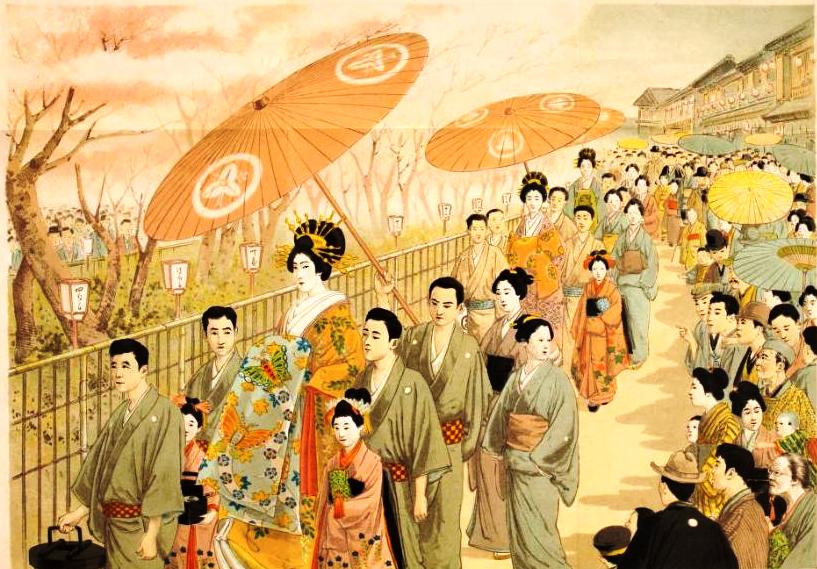
OIRAN Parades
The Oiran Parade was a formal and spectacular procession in Edo-period Japan, where high-ranking courtesans known as oiran paraded through the pleasure quarters to meet their clients. This event was called oiran dochu. The oiran wore elaborate kimono and ornate hairstyles, accompanied by attendants and young girls called kamuro. The procession was a public display of the oiran’s status, beauty, and cultural sophistication, drawing the attention of many spectators. It was more than just a way to travel—it was a performance that showcased the elegance, refinement, and artistry of the oiran.
Historical Background
In 1603, Tokugawa Ieyasu unified Japan, bringing an end to the long and turbulent Sengoku (Warring States) period. This marked the beginning of the Edo period—a time of peace without war. However, society became strictly divided by class and status. Social roles such as samurai, farmers, artisans, and merchants were hereditary, and people were not free to change the class into which they were born.
With the end of warfare, many samurai found themselves without a clear role. The Tokugawa shogunate required their loyalty, expecting samurai to serve as moral examples for the public. Those who adapted became high-ranking retainers, while those who did not became ronin—masterless and jobless. It was a time when the values and identity of the samurai were undergoing great change.
During this era, the pleasure quarters flourished as centers of culture and the arts. Oiran, the high-ranking courtesans who endured years of rigorous training, were far more than providers of physical intimacy—they were admired for their refinement, dignity, and education. Although their freedom was limited, top-ranking oiran held an exceptional status and were allowed a certain degree of autonomy.
Story
A fleeting yet fierce love, blooming in the shadows of Edo.
Set in the Edo period—
Yū, an oiran courtesan cloaked in elegance, sorrow, and quiet resolve.
Two men cross blades over her:
One who seeks to possess her, and one who seeks to protect her.
Love and pride collide.
Fate and conviction intertwine.
Bearing it all, Yū chooses her own path forward.
Inspired by Shakespeare’s iconic line, “To be, or not to be,”
this poetic and powerful swordplay performance asks:
What does it truly mean to live?
Honor or love—
On a stage where blades flash and fates unfold,
witness her take that one fateful step.(15 mins)
Character Introduction
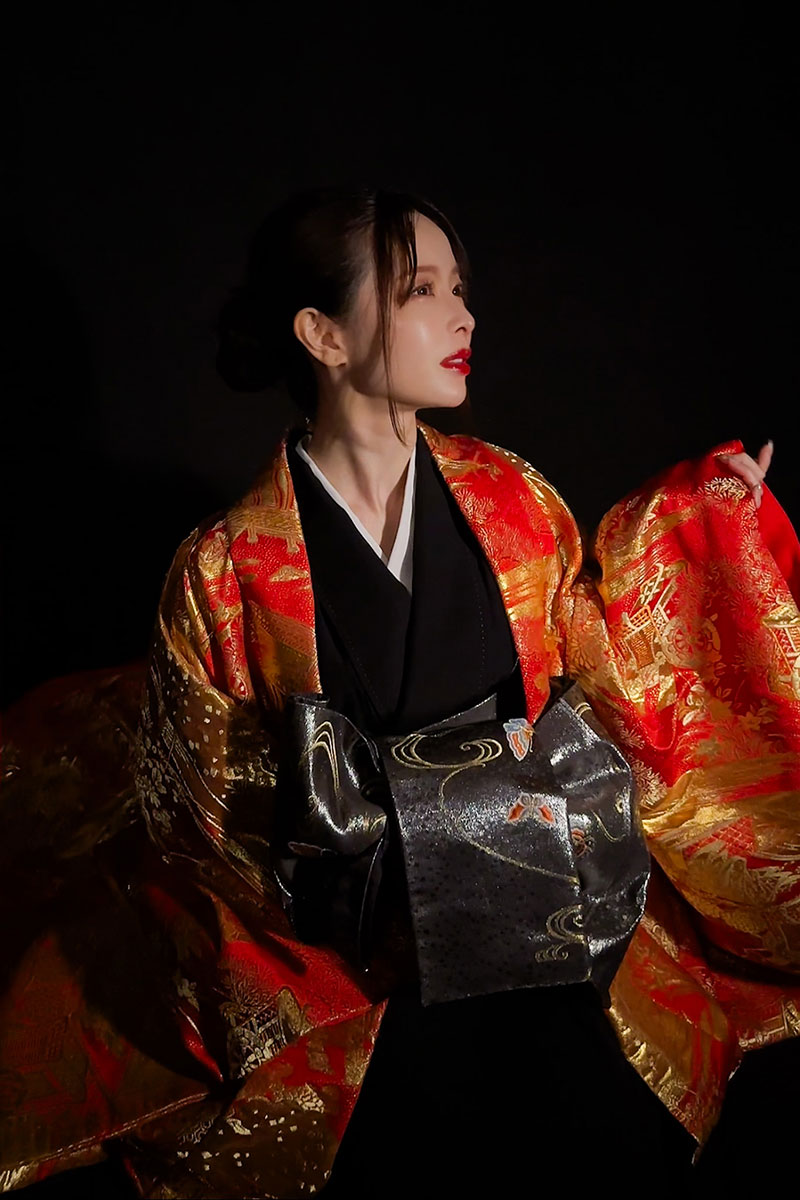
Yu
Oiran (A high-ranking courtesan of the Edo period)
She is the protagonist of this story, belonging to the Moro establishment.
Played by Yurika
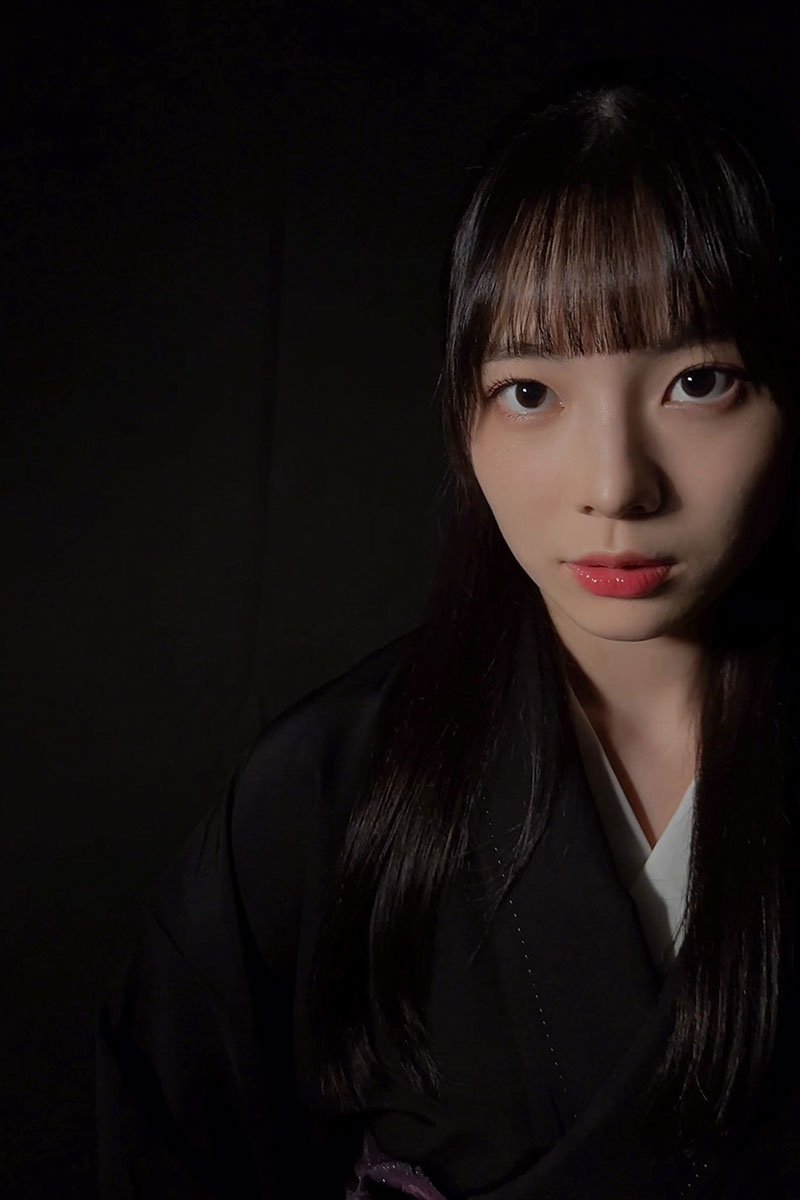
Suzu
Kamuro (young attendant to the courtesan)
A young girl who serves the courtesan, Yu’s attendant.
Played by Nanami

Sei
Samurai of high status
He is trying to buy Yu’s freedom.
Played by Koki Kano
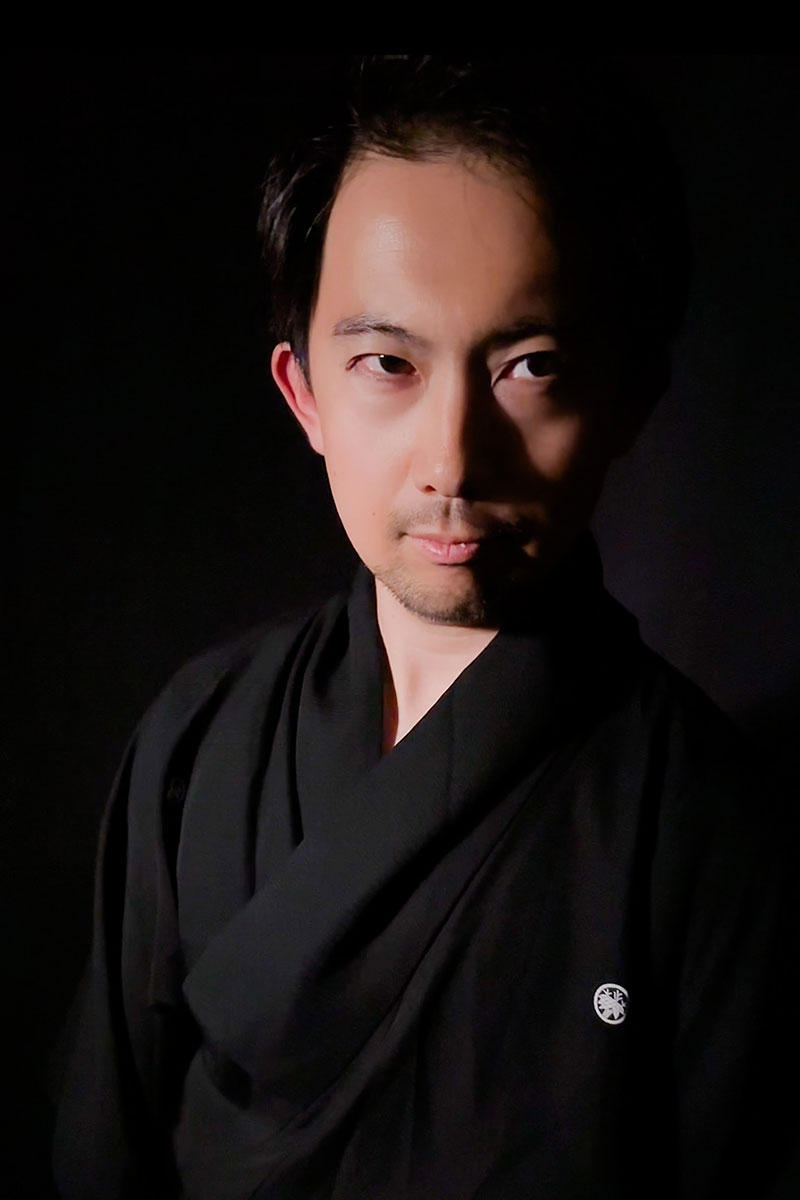
Moro
Proprietor of the Courtesan House
The owner of the pleasure house where Yu and Suzu serve.
Played by Kume
Performance Schedule
2025
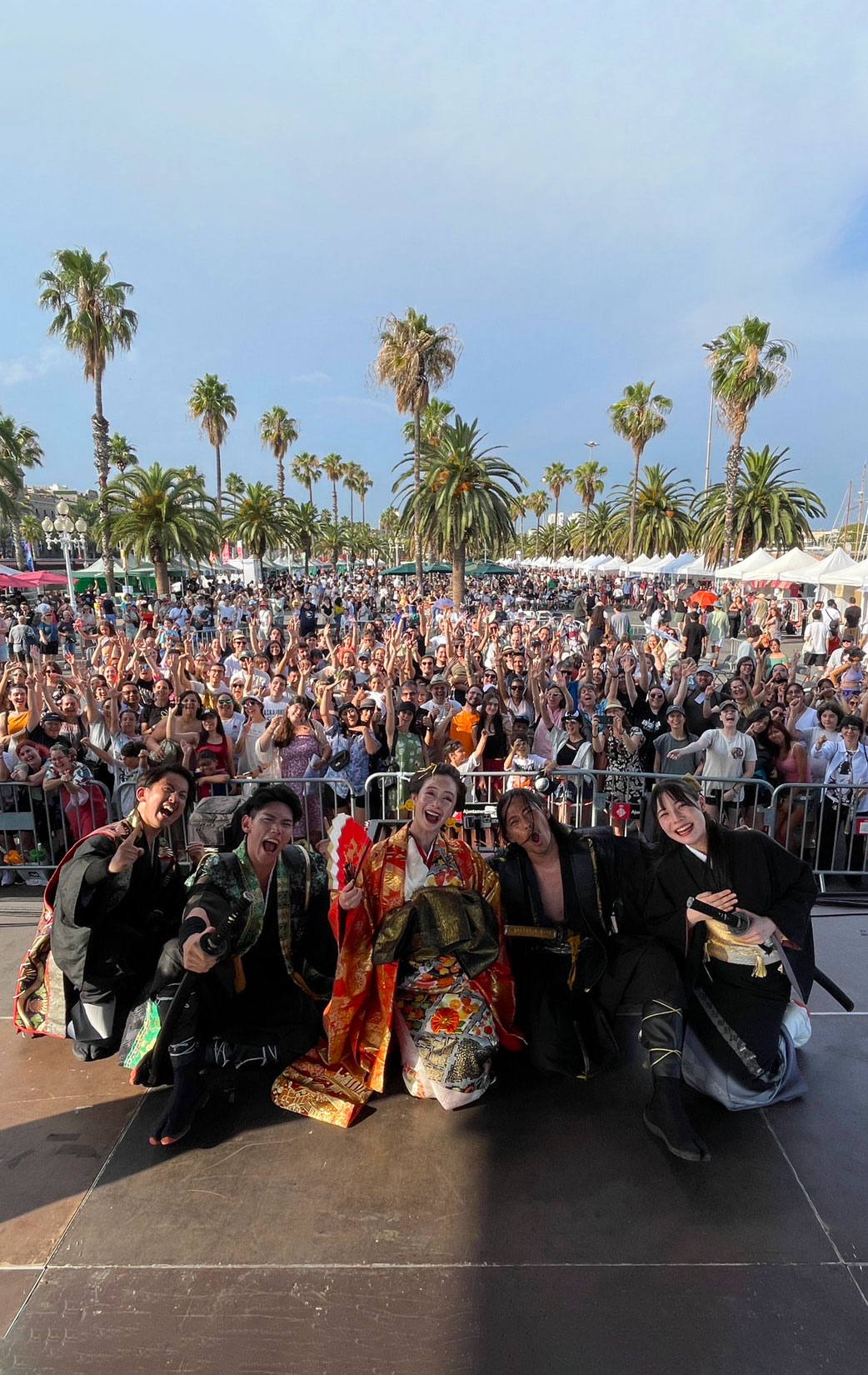
Matsuri in Barcelona, Spain
FESTIVAL MATSURI BARCELONA 2025.The 11th edition of the Japanese festival. June 21 & 22, 2025. 11:00 to 21:00 at Moll de la Fusta. Details about Matsuri 2025 can be found on the event’s website.
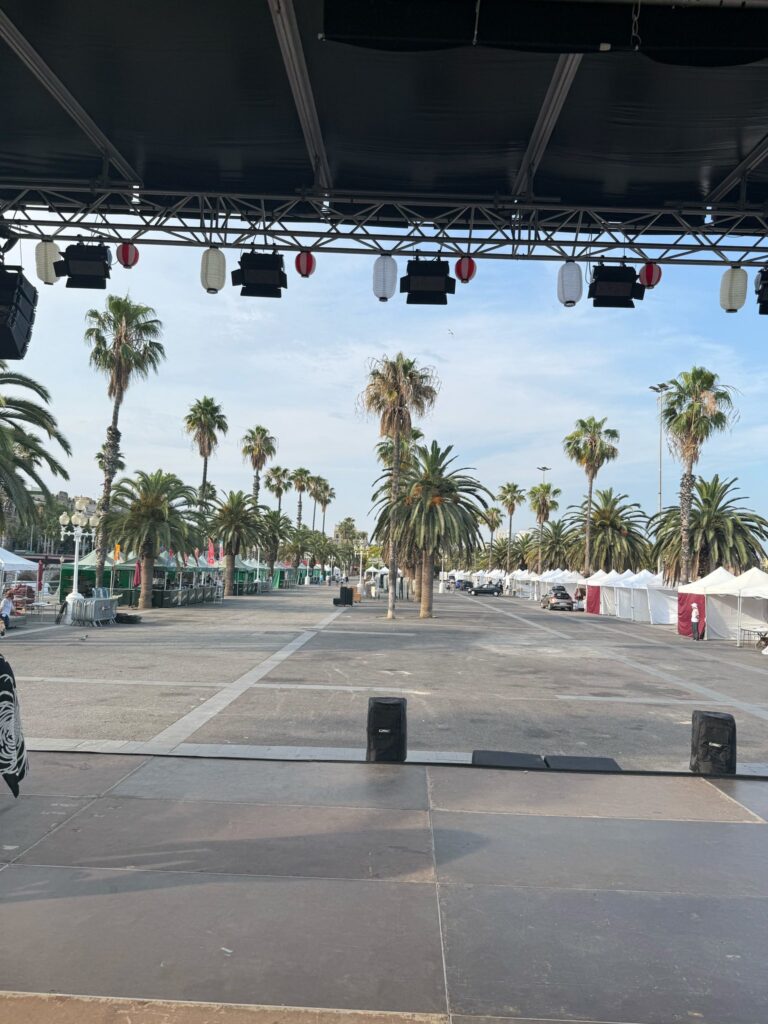



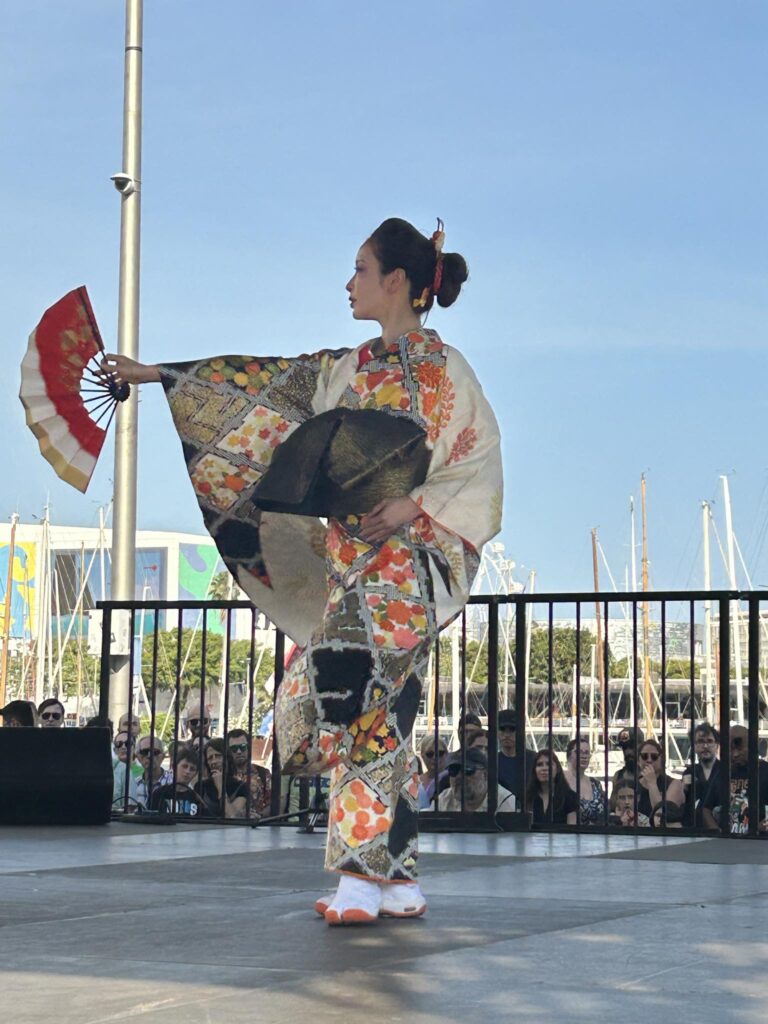
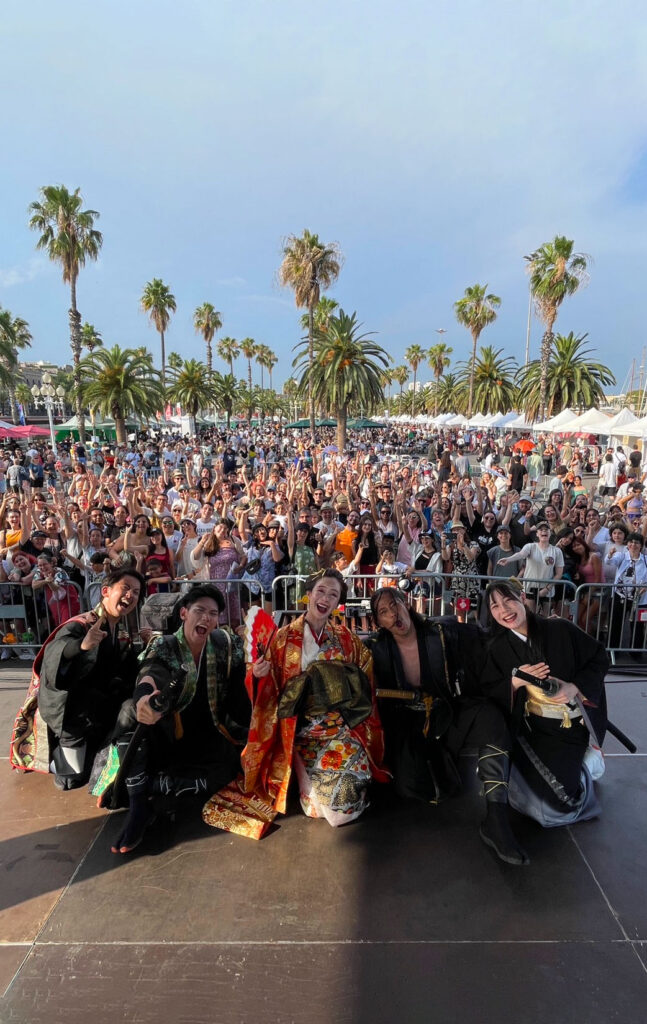
| Date | Performance | PLACE |
|---|---|---|
| June 21, 6:00 PM – 7:00 PM | OIRAN | Main Stage |
| June 21, 7:00 PM | Samurai Workshop | Main Stage |
| June 22, 6:00 PM – 7:00 PM | OIRAN | Main Stage |
| June 22, 7:00 PM | Samurai Workshop | Main Stage |
Japan Tours Festival in Tours, France
Details about Japan Tours Festival can be found on the event’s website. June 27 – 29, 2025 at Parc des Expositions de Tours.
| Date | Performance | PLACE |
|---|---|---|
| June 27, 10:30 AM – 11:00 AM | OIRAN | Traditional Stage |
| June 27, 2:00 PM – 2:30 PM | Samurai Workshop | Workshop Space |
| June 27, 5:30 PM – 6:00 PM | OIRAN | Grand Stage |
| June 28, 1:00 PM – 1:30 PM | OIRAN | Traditional Stage |
| June 28, 3:00 PM – 3:30 PM | Samurai Workshop | Workshop Space |
| June 28, 6:30 PM – 7:00 PM | OIRAN | Traditional Stage |
| June 29, 10:30 AM – 11:00 AM | OIRAN | Traditional Stage |
| June 29, 0:30 PM – 1:00 PM | Samurai Workshop | Workshop Space |
| June 29, 5:00 PM – 5:30 PM | OIRAN | Traditional Stage |
Kokoro Japan Expo in Vigo, Spain
| Date | Performance | PLACE |
|---|---|---|
| July 5, 1:30 PM – 2:15 PM | OIRAN | ESCENARIO TOKIO |
| July 6, 11:15 AM – 11:30 AM | OIRAN | ESCENARIO TOKIO |
Samurai Show
The Ninja and Samurai performance team ‘KATANAYA ICHI’ will captivate the audience with their original show!
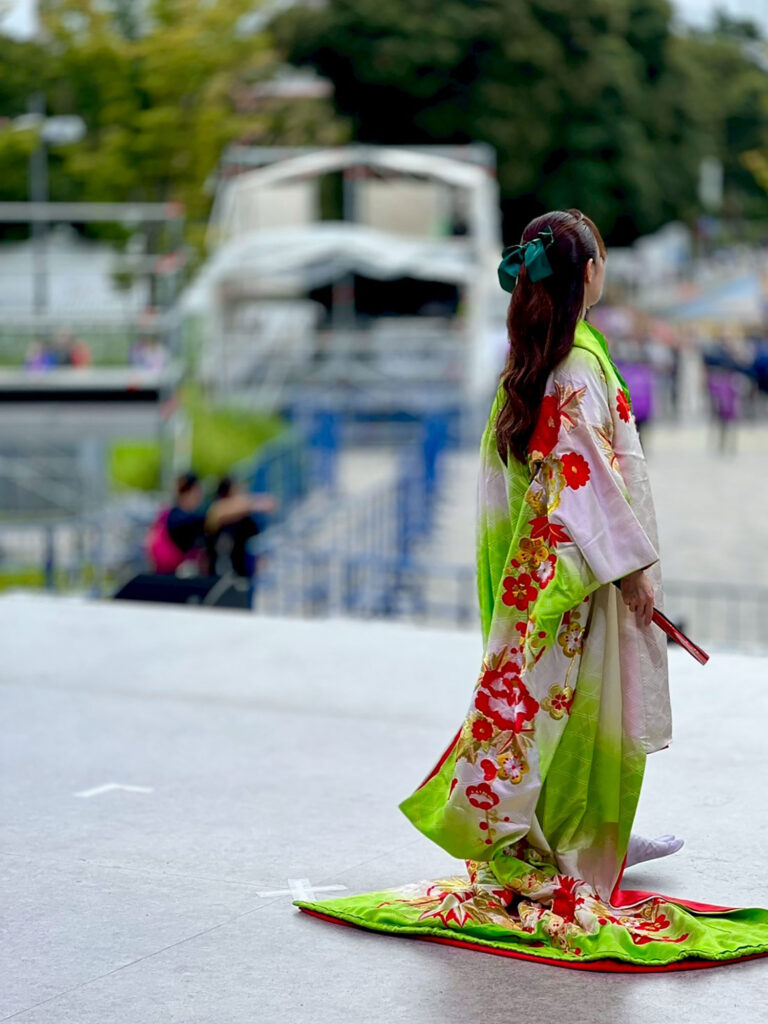
SENHIME
The heroine of a political marriage
The heroine of a political marriage that united the Tokugawa and Toyotomi clans. Set in the early Edo period, this stage performance dramatizes the Summer Siege of Osaka in 1615.
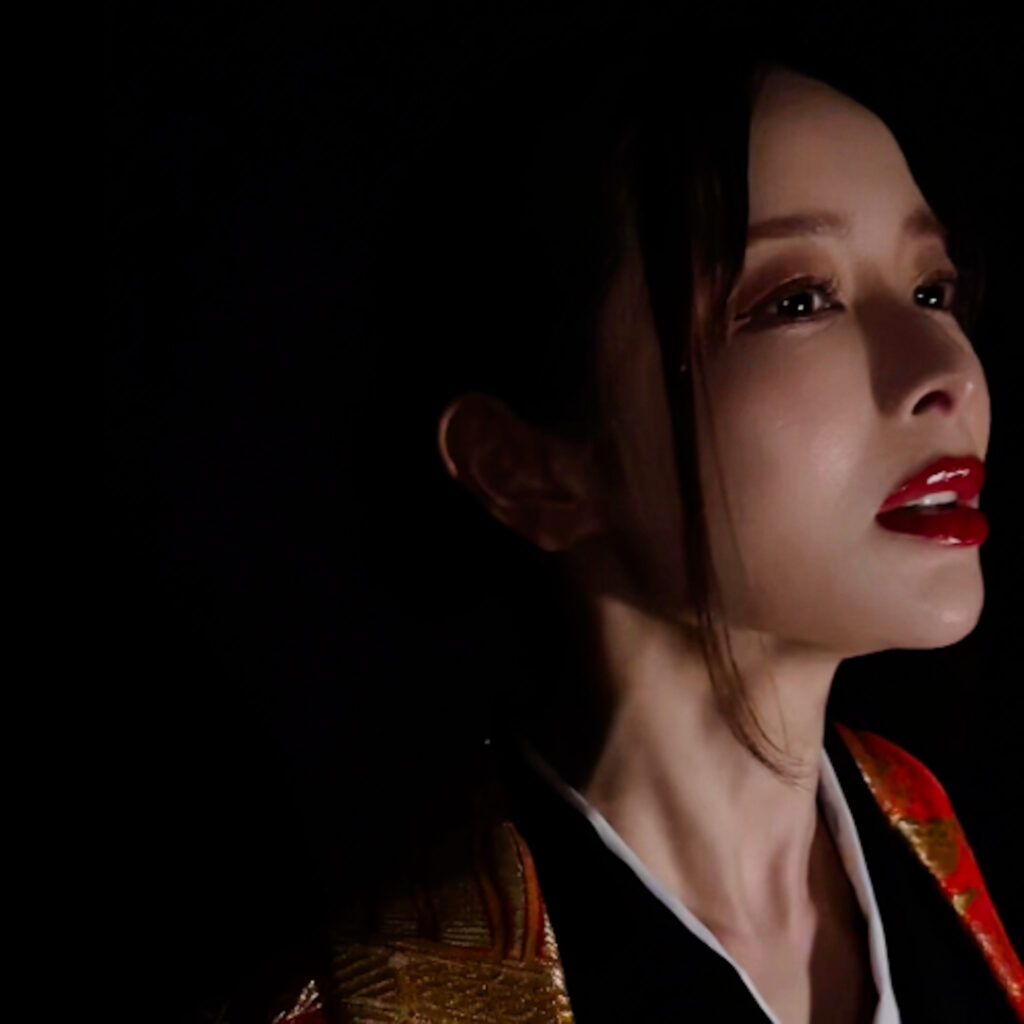
OIRAN
Forbidden Love with a Samurai
A powerful sword-fighting drama set in the dazzling world of Edo’s pleasure quarters, portraying a fierce and fleeting love between an oiran courtesan and two rival samurai.
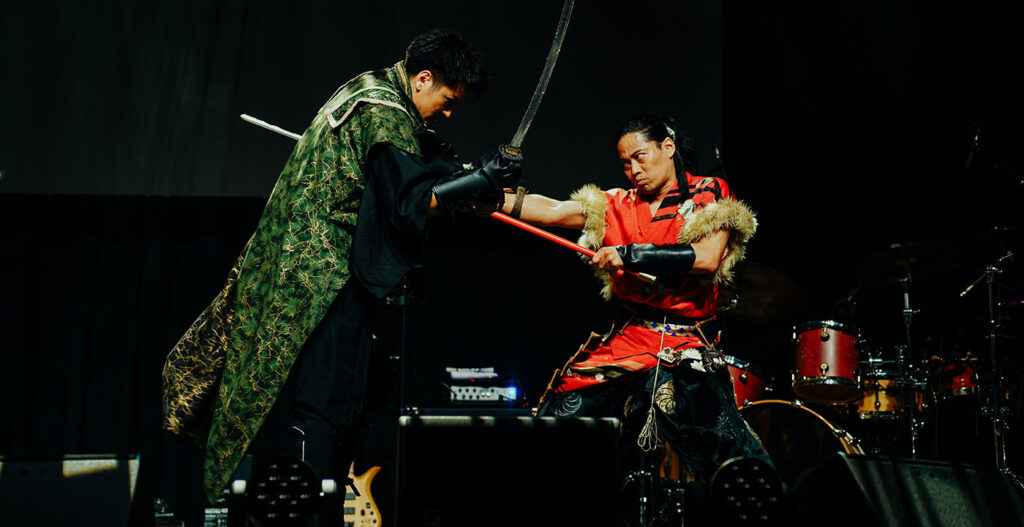
KEIJI MAEDA
A legendary samurai
This stage show tells the story of Maeda Keiji, a legendary samurai from the late Sengoku to early Edo period.
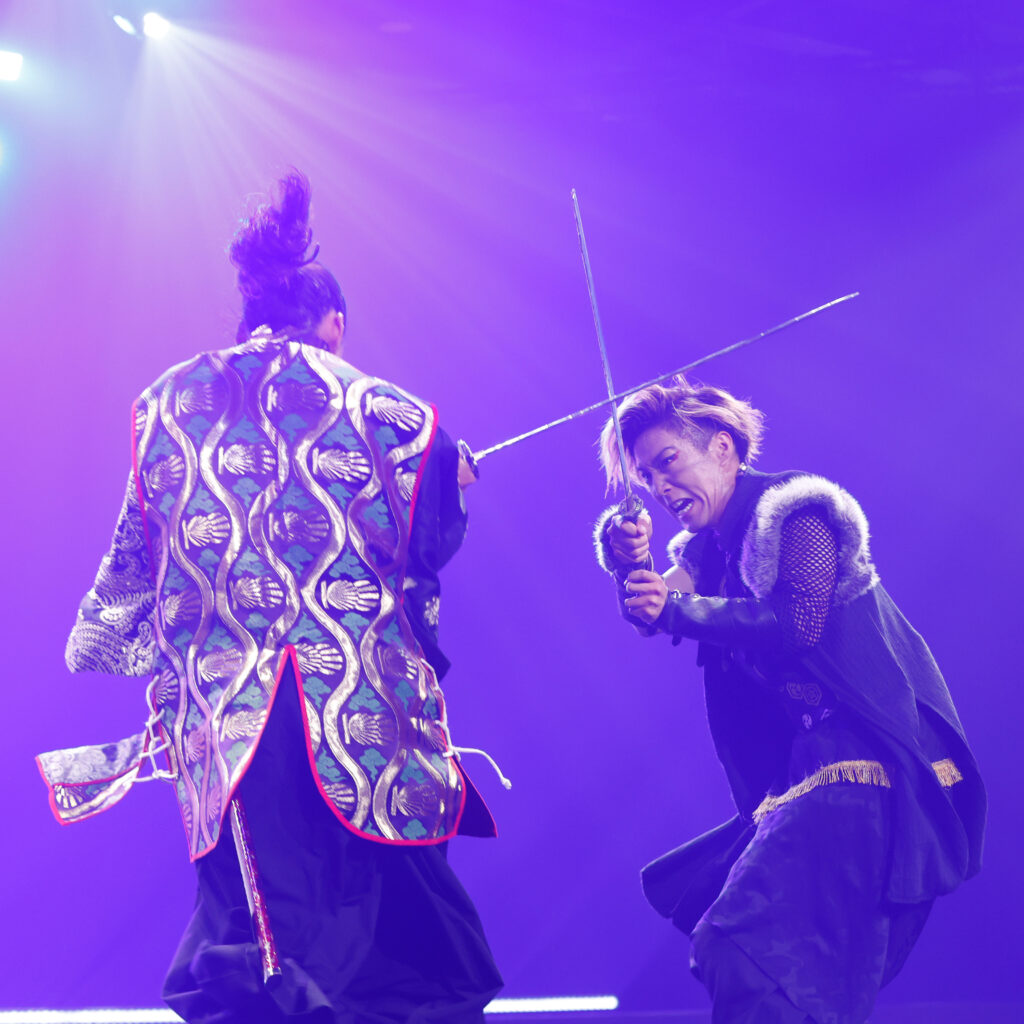
GOEMON
The Outlaw Ninja from Iga
A samurai performance show inspired by the legendary outlaw Ishikawa Goemon, rumored to be a traitor from the Iga-ryu Ninja clan.

KITSUNEBI
Samurai vs Ninja
A fictional action performance that brings to life an epic battle between two legendary icons of Japanese culture: the Samurai and the Ninja.
